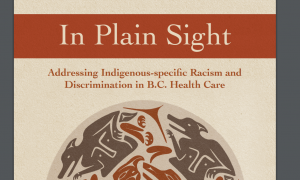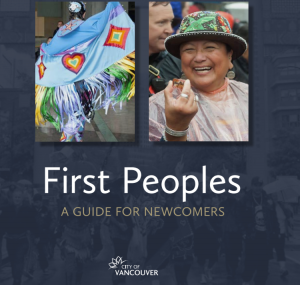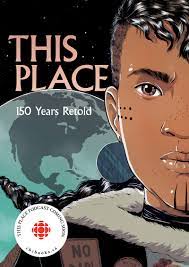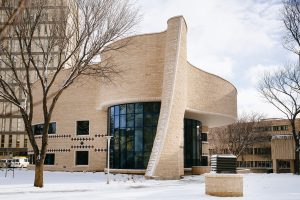This document, In plain sight: Addressing Indigenous-specific racism and discrimination in BC health care is an important document that all health care providers in BC should read, and should be expanded for use in the rest of Canada. There is a content warning at the beginning that the document may contain subjects that could trigger an emotional response in people, as well as some resources for people so affected.
This is a message of hope, in that this has happened and continues to happen, but there are things that can be done to educate and inform all health care professionals.
I also like the way the introduction discusses ‘willful ignorance’. This concept is prevalent through our society today. There is so much available out there to listen to, to hear, and try to understand, that there is really no excuse to not be educated about Indigenous issues and context.
This report is a right step – if only it could be more emphasized in main stream health care and with all health care professionals. Making it easier to find and more pronounced on the bc gov website would be a further step forward.
White-Hill, E., & desLibris – Documents. (2021). In plain sight: Addressing indigenous-specific racism and discrimination in B.C. health care. Camosun College
https://engage.gov.bc.ca/app/uploads/sites/613/2020/11/In-Plain-Sight-Summary-Report.pdf





